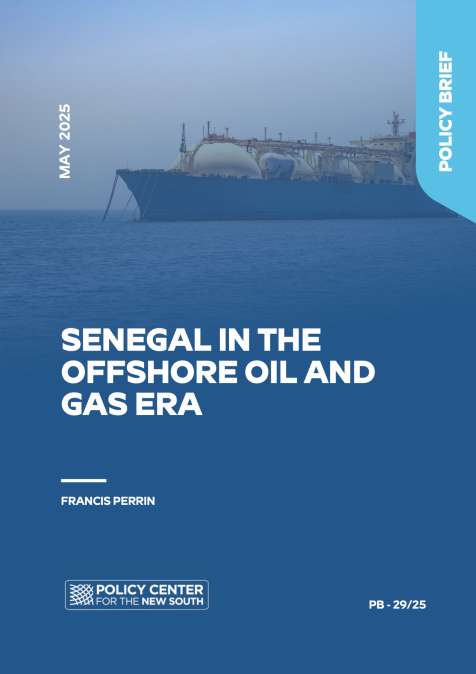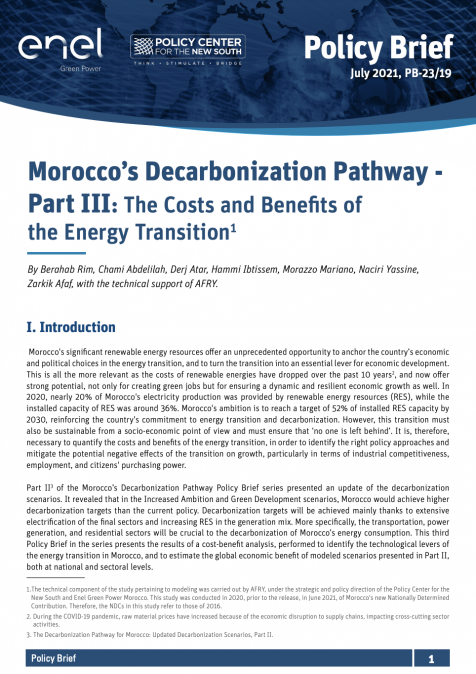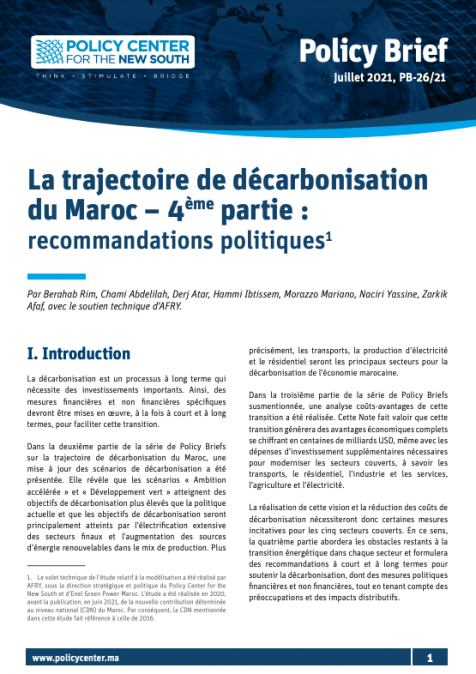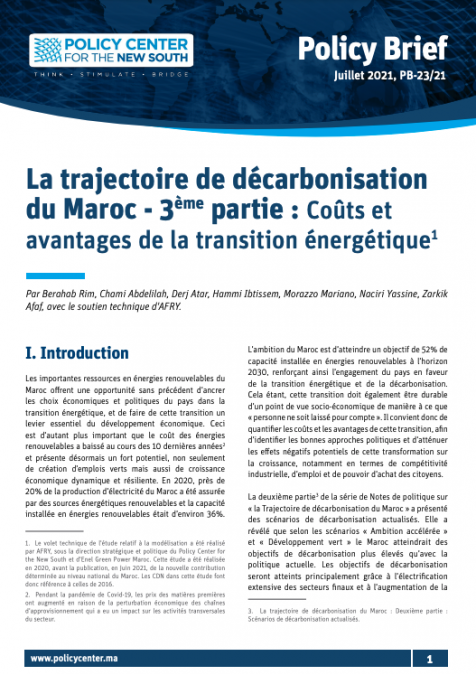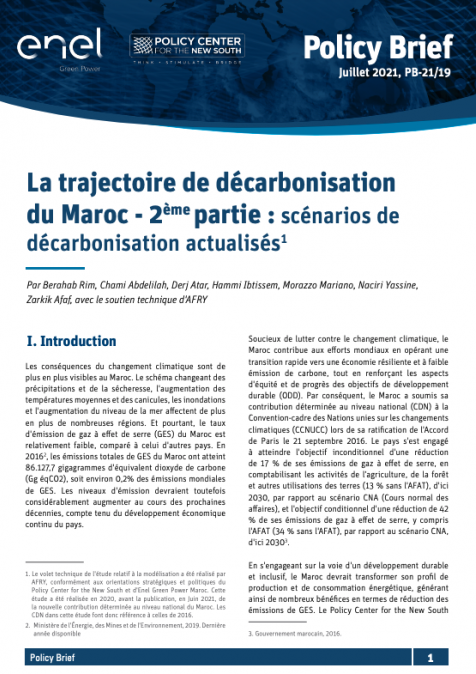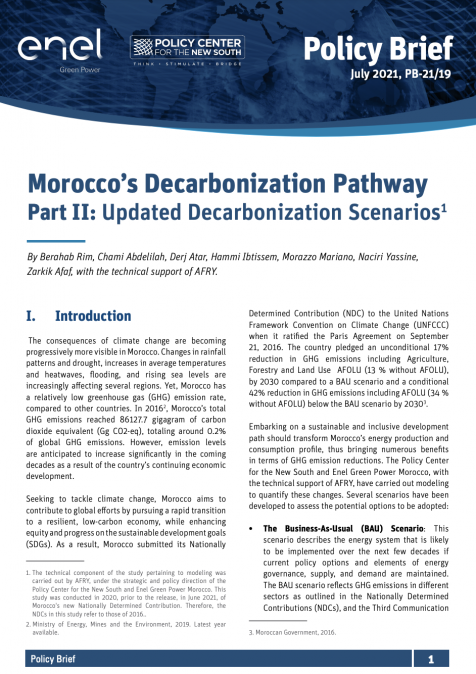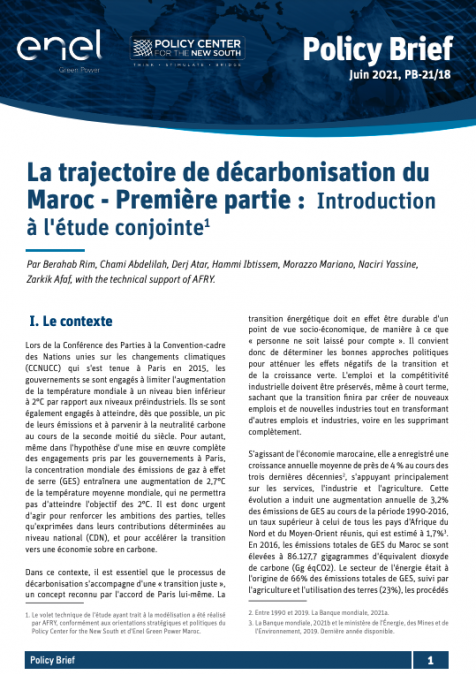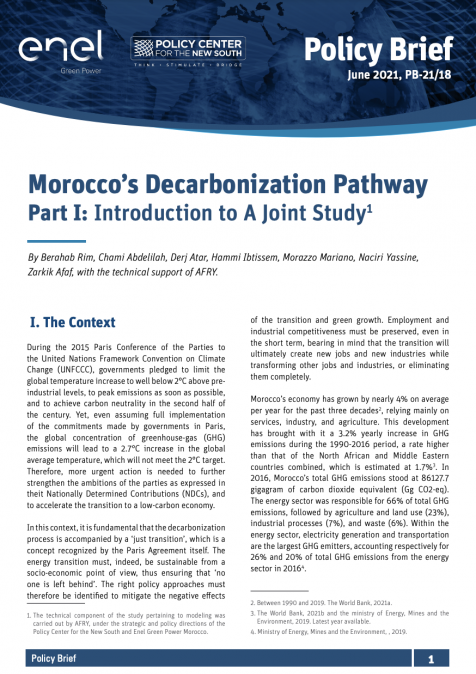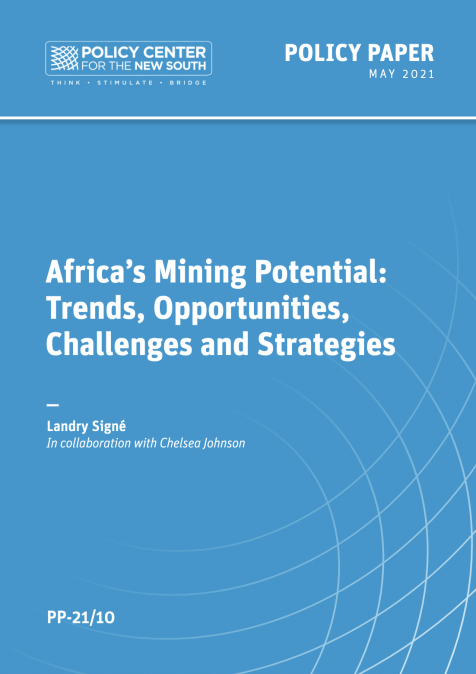Publications /
Policy Brief
On April 17, 2025, British oil and gas giant BP announced the export of the first cargo of liquefied natural gas (LNG) from offshore resources shared by Senegal and Mauritania. For the first time in their history, both countries have become LNG exporters. This milestone follows a series of pivotal developments in the region’s hydrocarbon sector. In late December 2024, offshore gas production began. By February 2025, LNG production had commenced. Earlier still, in June 2024, Senegal started producing offshore oil, marking another historic event.
An Oil Project (Senegal) and a Gas Project (Senegal/Mauritania)
These four landmark dates are the result of two distinct energy projects: the Sangomar Phase 1 oil development project located offshore Senegal, and the Greater Tortue Ahmeyim (GTA) gas project, jointly developed by Senegal and Mauritania. These two projects share a number of features:
- The initial discoveries that led to these two projects date back to 2014 for oil and 2015 for gas. It has therefore taken ten years from discovery to production in both cases, which is fairly typical in the hydrocarbon industry.
- Both oil and gas are produced offshore, in the Atlantic Ocean.
- The discoveries were made by non-state foreign companies.
- These companies are Anglo-Saxon: Kosmos Energy (American) for gas, and Cairn Energy (British) for oil.
- These firms are not major international oil companies, but are part of the category traditionally referred to as “independents” in the oil industry, as opposed to the larger “majors”.
- The two companies that made the initial discoveries are no longer the operators (or consortium leaders) of the respective projects. Cairn Energy has exited the oil project, while Kosmos Energy partnered with BP, which has taken over as operator of the gas project;
- Both projects are significant in terms of reserves and production, but the gas project (GTA) is the larger of the two.
- Delays in project development have been recorded, largely due to the impact of the Covid-19 pandemic in 2020, which disrupted numerous major industrial undertakings. Initial production had been expected in 2023 or 2024.
- In both cases, the start of production is just the beginning. For both Sangomar and GTA, current output is part of a Phase 1 development. Phase 2 is already well defined for GTA, with additional phases expected. For Sangomar, future phases are still under consideration, but details remain uncertain for now.
Phase 1 of Sangomar
Sangomar Phase 1 has a production capacity of 100,000 barrels per day (b/d) of crude oil, facilitated by the Léopold Sédar Senghor FPSO (floating production, storage and offloading unit), named after Senegal’s first president following independence in 1960. The project, which has been operating at full capacity for several months, represents Senegal’s first offshore oil project. Located approximately 100 kilometers off the coast, the FPSO has a storage capacity of 1.3 million barrels of oil.
The project is operated by the Australian company Woodside Energy, in partnership with Société des Pétroles du Sénégal (Petrosen). The two are joint venture partners in the RSSD consortium (Rufisque Offshore, Sangomar Offshore, and Sangomar Deep Offshore), which holds several blocks in the Atlantic.
Woodside holds an 82% interest in the exploitation area and 90% in the evaluation area. The company has confirmed that the cost of Phase 1 remains within the projected range of US $4.9-5.2 billion. The Sangomar field spans over 400 km² in water depths of 700 to 1,400 meters. The reservoir, which contains both oil and natural gas, lies about 2 kilometers beneath the seabed. The final investment decision for Sangomar Phase 1 was taken in January 2020, and drilling operations began in July 2021.
A total of 24 wells are planned for Phase 1: 12 production wells, 10 water injection wells, and 2 gas injection wells. The injection of gas and water will maximize crude production. As of May 2023, Woodside confirmed that Phase 1 was based on estimated reserves of 230 million barrels of crude oil with a density of approximately 31° API.
Since June 2024, crude oil from Sangomar has been exported primarily to China, Europe and the U.S., with a portion allocated for domestic refining in Senegal. Natural gas production is expected to begin at a later stage.
Phase 1 of GTA
The final investment decision for Phase 1 of the GTA project was made in December 2018. Senegal and Mauritania, the two countries involved, have agreed to share the offshore gas resources equally (50%-50%). The development and operation of the project is led by a consortium comprising BP (operator, 56%), Kosmos Energy (27%), Petrosen (10%) and Société Mauritanienne des Hydrocarbures (SMH, 7%)—a mix of two private and two state-owned companies.
Phase 1 of GTA has an LNG production capacity of 2.4 million metric tons per year (Mt/y). A second phase, currently under development, is expected to increase this capacity to nearly 5 Mt/year. With a future third phase, GTA’s total export capacity could reach approximately 10 Mt/year of LNG.
The entire GTA project is offshore. Gas is extracted approximately 120 kilometers off the coast in ultra-deep waters—up to 2,850 meters. It is first processed on an FPSO unit where gas and liquids are separated. The gas is then transferred to a Floating LNG (FLNG) unit. BP Gas Marketing, the only consortium member with LNG expertise, is responsible for marketing all production. A portion of the gas will be allocated for domestic use in both Senegal and Mauritania.
With the launch of GTA, Senegal and Mauritania join the ranks of African LNG-exporting countries, bringing the total to ten. The other eight are Algeria and Egypt in North Africa; Mozambique in East Africa; and Nigeria, Angola, Republic of Congo, Equatorial Guinea and Cameroon along the west coast.
PASTEF Faces Oil, Gas and Economic Challenges
Senegal’s new leadership under the PASTEF party (Patriotes Africains du Sénégal pour le Travail, l'Ethique et la Fraternité), President Bassirou Diomaye Faye and Prime Minister Ousmane Sonko—both in power since April 2024—have been vocal critics of the oil and gas contracts signed during the administration of former President Macky Sall (2012-2024). They argue that these agreements disproportionally favor foreign interests and have expressed a desire to renegotiate them in order to secure more benefits for the Senegalese state.
However, these ambitions face considerable obstacles: the oil and gas projects have already entered production; each required multi-billion-dollar investments, largely financed by foreign companies; and it is highly unlikely that the State would prevail in an international arbitration process. While Senegal will certainly be able to tighten contractual conditions for the awarding of future permits awards in its favor, its room for maneuver regarding the Sangomar and GTA projects remains very limited.
In his speech at the start of oil production at the end of June 2024, President Bassirou Diomaye Faye assured the Senegalese people of his and the government's commitment to transparent and equitable management of natural resources for the benefit of the people. He added that he wanted to “remain clear-sighted and say that whatever will be extracted, whatever the proportion, will be administered for the benefit of current and future generations, and will be administered by the government as a good father of the family”. The Head of State thus emphasized four key points when it comes to exploiting natural resources: prudent management, transparency, equity and consideration for future generations. A very good program, which obviously needs to be put into practice. But the President of Senegal also sent out a clear message, stressing the need for “lucidity” and the best possible management of the revenues that will be paid to the State, “whatever the proportion”. This will be very small in terms of the percentage of revenues generated by oil and gas exploitation, but in absolute terms and for a developing country like Senegal, with a gross domestic product (GDP) estimated at $30.85 billion in 2023, the sums at stake are significant. In 2024, the World Bank (WB) had estimated that oil and gas-related budget revenues could add an additional 1% to gross domestic product on average between 2024 and 2045. The country's GDP growth was 6% in 2024, and the International Monetary Fund (IMF) forecasts a rise to 8.4% in 2025.
Beyond their natural contribution to economic growth, hydrocarbons could yield broader benefits. Natural gas, in particular, can be used to generate electricity more efficiently in thermal power plants and at lower cost, which would benefit consumers, bolster industry competitiveness, and support the wider economy. Senegal's goal of achieving universal energy access will be more attainable with domestic hydrocarbon resources. Moreover, the hydrocarbon sector may offer valuable resources for local companies in areas such as supply chains and subcontracting.
Senegal’s Natural Gas Potential
While Woodside likely has room to grow in oil—possibly through a second development phase, though details remain unclear—the prospects for natural gas growth are both clear and significant. As noted above, following GTA Phase 1, there will be a Phase 2 and very likely a Phase 3, leading to a significant increase in exported LNG volumes and corresponding revenues. Moreover, Senegal's gas resources extend beyond those allocated to the GTA project.
In the Cayar Offshore Profond (COP) block, located south of the GTA area, major gas discoveries—Yakaar and Teranga—have been made. Initially, the COP block was held by a consortium comprising BP (operator, 60%), Kosmos Energy (30%) and Petrosen (10%). However, deep disagreements within the consortium led BP to withdraw at the end of 2023. COP is now operated by Kosmos Energy (75%) and Petrosen (25%). The current plan is to bring in a new partner, aiming for a roughly equal ownership structure: 34% for Petrosen, 33% for Kosmos Energy, and 33% for the newcomer. According to Petrosen, recoverable resources in COP exceed 20,000 billion cubic feet (560 billion cubic meters), underscoring the block’s immense strategic value.

